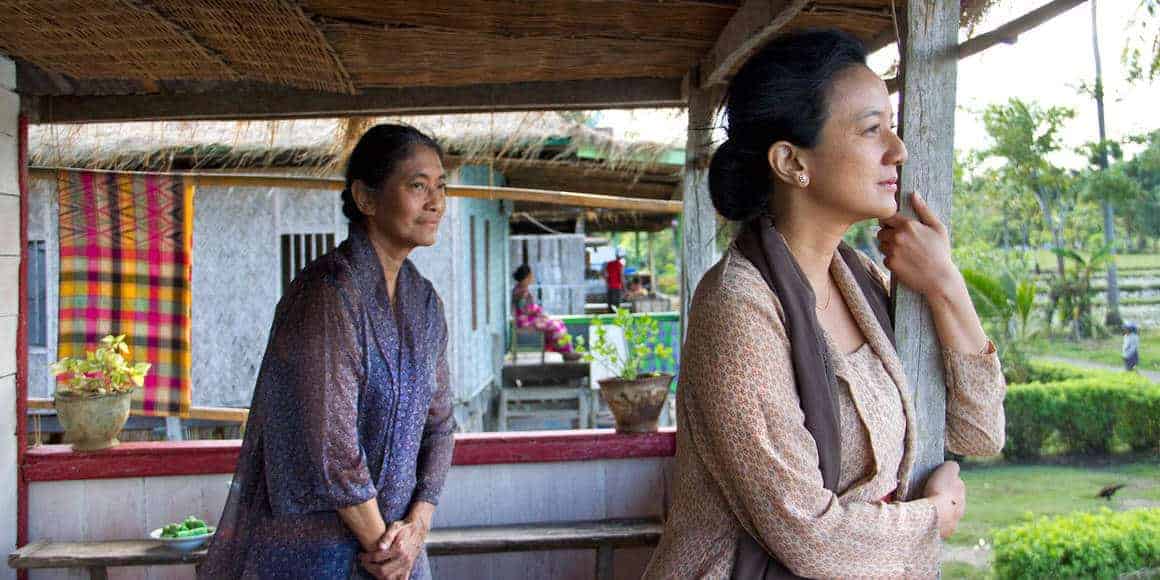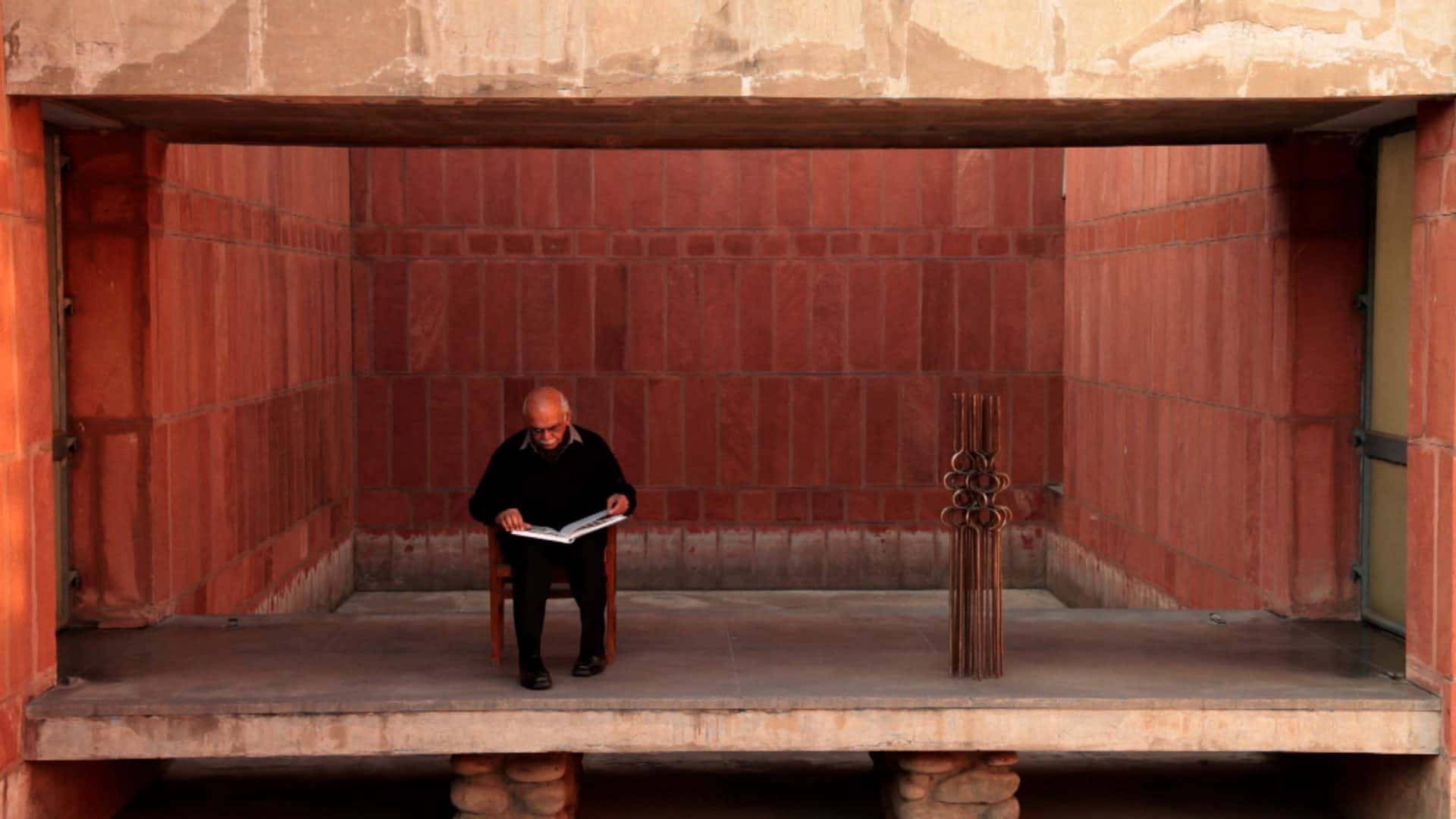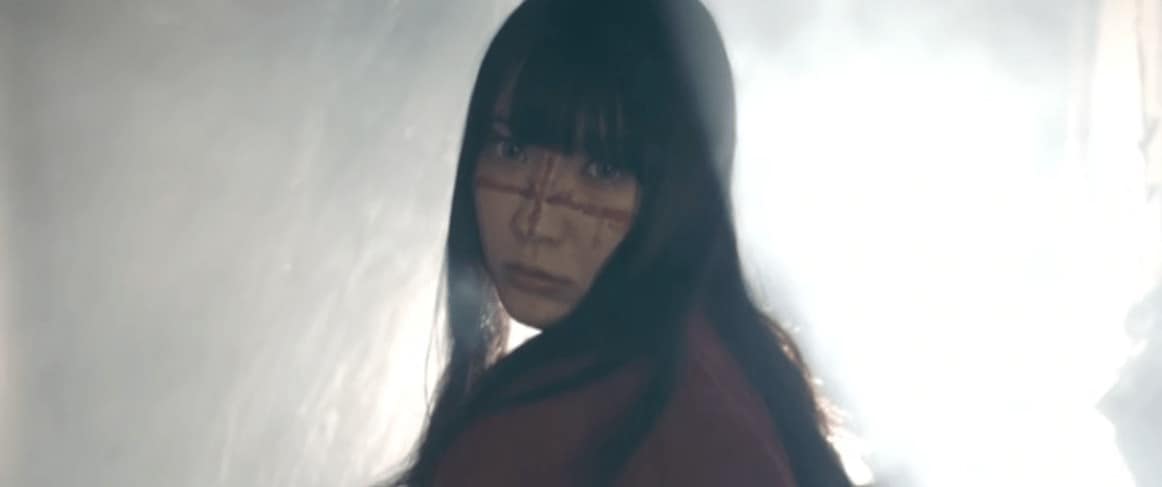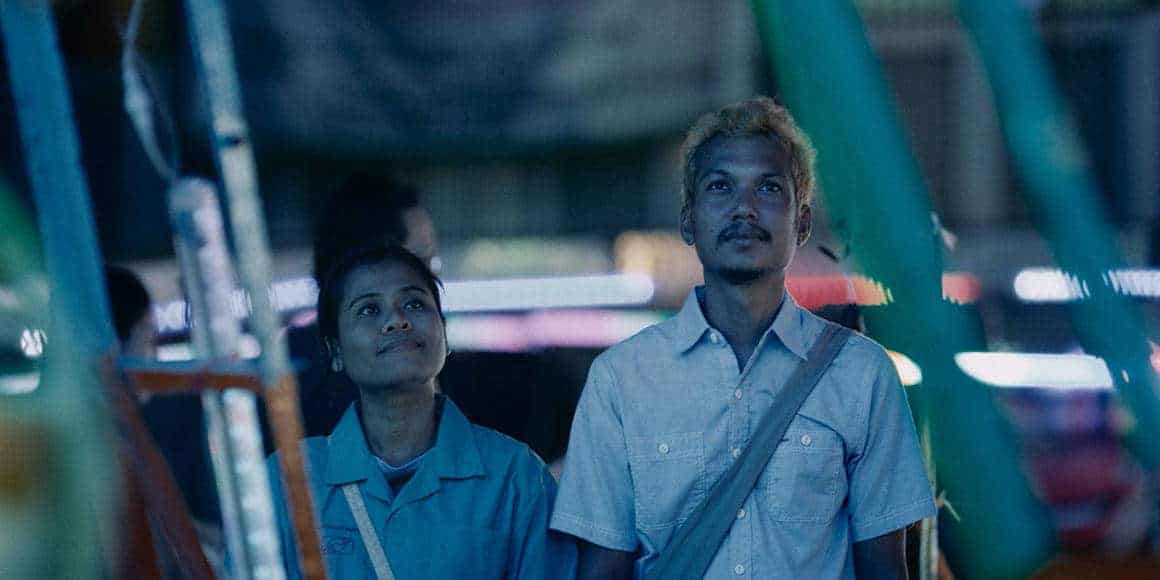Back in 2019 when life was still normal, Sho Miyake came to Berlin with his love drama “And Your Bird Can Sing” that screened in the Panorama section to critical acclaim. The film was praised for many things including its dreamy photography but then again – Hidetoshi Shinomiya was behind it, the same cinematographer who gave the extra touch to Ryusuke Hamaguchi's Oscar-nominated drama “Drive My Car”.
Although primarily known for his live-action movies, Sho Miyake was always interested in documentary filmmaking.There was “Cockpit” (2015), a film about rapper OMSB creating a new song with his friends followed by the documentary ”Experience in Material No. 58 / A Return Of Bruno Taut 2016” about the architect Ryoji Suzuki and his body of work, which they co-directed together. The love for documentaries is very visible in his latest title “Small, Slow but Steady”, a film based on the life of the former boxing champion Keiko Ogasawara who was born deaf, but nevertheless pursued her career in the sport which requires hearing for security reasons. It is a fascinating story turned into a powerful narrative, and executed in such way that it blurs the border between live action and documentary.
We met the Japanese director during the festival to ask him about his love for documentaries, boxing and the urban ghosts of Tokyo.
Small, Slow but Steady screened at Berlin International Film Festival

We have a very interesting story about a female boxing champion which is based on Keiko Ogasawara's autobiographical book “Makenaide!”, Keiko, me wo sumasete. How did you come to the book and what inspired you to make the film about Ogasawara?
I was introduced to the book through my producer, and in it, her life is described from her birth to nowadays. It wasn't possible to make a movie about her whole life since it wouldn't have turned into a typical two hour long biopic drama, so I had to decide which part would be the most interesting to turn into an adequate cinematic experience.
This close proximity to your main character has a very documentarian touch. Can you tell us something about your decision to start the film in that way?
I really like documentaries so I am always thinking of ways to make my films look very close to reality. I wanted to showcase precisely that time of her life when everything was weavering, and she wasn't sure what turn she would take. That is why I thought that it would be the right way to give it a touch of documentary, and make it feel real.
The film is also pretty much about boxing, so there are many trainings and fights involved. But also, it is about the love for this sport. How did you prepare those scenes?
We started with the actual training three months before the shooting. Because neither I nor the lead actress had experience with boxing, we would come together several times a week and train in the gym. I learned a lot about boxing through face to face trainings. I realised that it wasn't just about punching each other, but also about the respect for the opponent. My love for boxing was born right there, by watching trainings and observing the synergy between the trainer and the boxer which ran without speaking and through a very precisely calculated choreography. For me, those sessions looked almost like musical acts in a movie.
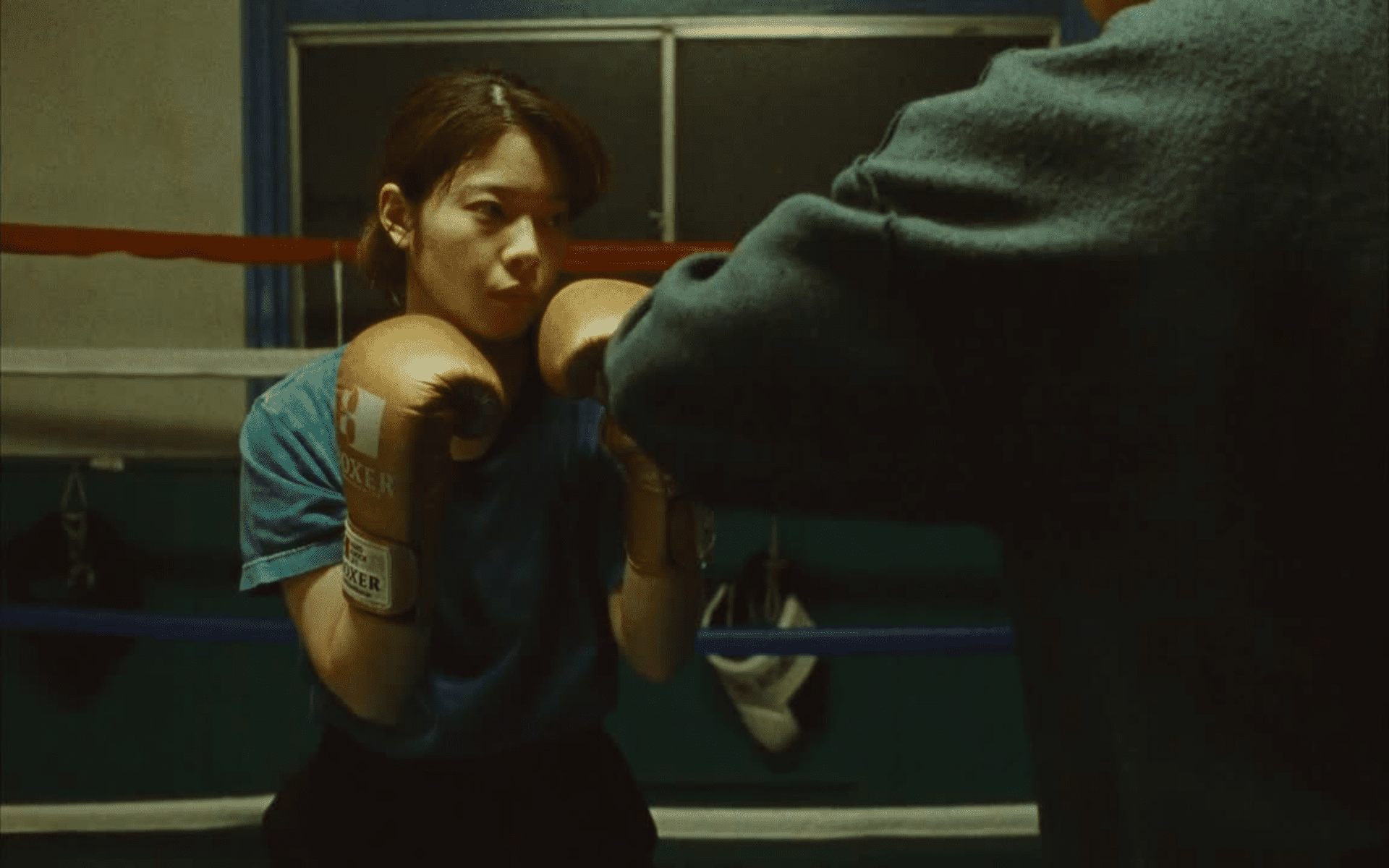
How did you cast Yukino Kishii for the main role?
That was the producer's suggestion. He was a big fan of hers. He liked her in some movies he previously saw, particularly because of her ability to bring over emotions, and also because of her expressive eyes.
I presume that she learned the sign language for the purpose of the film.
Yes, that is correct. We had a long preparation period.
Apart form the pandemic that obviously put many obstacles in your way, what was the most difficult part of shooting “Small, Slow but Steady”?
Facial expressions behind masks. That was very challenging for actors and actresses because they couldn't see the reactions of the film crew. There was lots of worry surrounding that. There was one moment when we brought everyone together to speak about things, just to clear out any possible misunerstandings and insecurities about the process.
You have already mentioned that the preparation period was very long, but how much time did you need to wrap up the film?
From the moment I received the book from my producer until the final cut, it was exactly one year.
I guess that Keiko Ogasawara had the chance to watch the film. What was her response to it?
She was really impressed and touched. She actually watched the film twice.
The finely interwoven human relationships in the story, how much of it was alerady in the book and how much was your interpretation?
The owner of the gym was strongly present in the book. The actual plot was set ten years earlier than in the film, so that was the big shift in the narrative, along all the measures surrounding Covid.
What are your personal aspirations for the film in Japan?
I made a film about an important subject and I wish that many people see it. Since it was shot on 16mm, it is not something one should watch on the laptop, but on the big screen.
Shooting an analogue film is always connected with the financial risk. Why did you opt for it in these times of global insecurity?
There were two reasons for it. Firstly, it was to protect the actors and actresses. If we were shooting the film with a digital camera, it would have been very tempting to do many takes, but for the acting team this film was physically challenging, and mentally as well. Also for the rest of the crew. For the camera crew, knowing that they could shoot in only two takes put a creative preassure on them. The second reason was to make the film approach a documentary format, but also to make it look like a fairytale. I know that this sounds very contradicting claiming that you can accomplish both with 16mm.
There are not many scenes shot outside, and those few we can see are playing in very interesting places. Why did you chose precisely those spots, and do they have some special significance for you personally?
The gym was the oldest one that was available in Tokyo, and it has a huge history. I wanted the town around it to feel like the gym belonged to it. I was looking for the parts of Tokyo that still looked like downtown. They will probably disappear in the urban development so I chose very carefully what to show.
The sound design is strikingly good. How do you work with your sound department?
I could go on about this forever, but whenever I was picking up the location I had to think about the scene that was going to be shot in it: is the place noisy or quiet enough? Is the sound source within the frame or not? So the sound was a very significant aspect in chosing the right locations.




